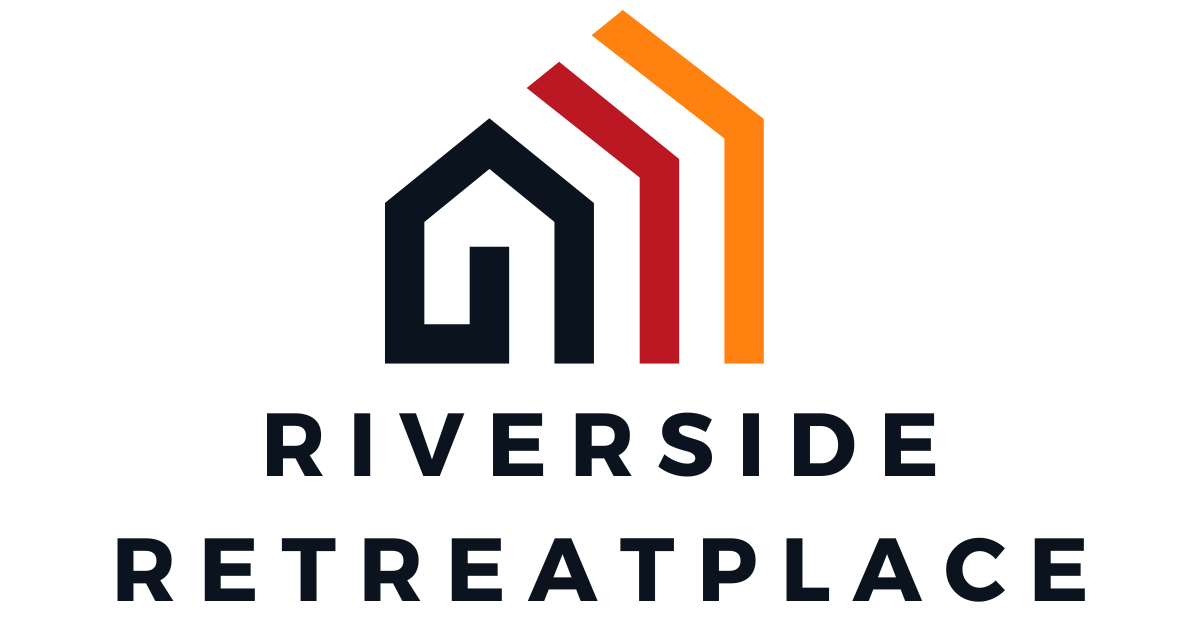
Conventional Loan for Investment Property: Unlock Your Real Estate Success Today
Investing in real estate can feel like a high-stakes game of Monopoly, where the right moves can lead to a fortune. But before diving into the deep end, savvy investors often turn to conventional loans for investment properties. These loans are like the dependable friend who always shows up when you need them—reliable, straightforward, and ready to help you build your empire.
Conventional Loan for Investment Property
Conventional loans play a vital role in the real estate investment landscape. These financing options offer stability and predictability, essential for investors focused on growing their property portfolios.
What Is a Conventional Loan?
A conventional loan represents a type of mortgage that is not insured or guaranteed by the government. Lenders assess the borrower’s creditworthiness, which typically includes a credit score of at least 620. For investment properties, down payments usually start at 15% of the purchase price. Borrowers can also choose between fixed-rate or adjustable-rate options, accommodating different financial strategies.
Differences Between Conventional and Government Loans
Conventional loans differ significantly from government-backed loans, such as FHA or VA loans. Government loans usually require lower down payments and more lenient credit scores. Conventional loans, however, often feature stricter criteria, reflecting reduced risk for lenders. Interest rates for conventional loans sometimes exceed those of government loans, particularly when a borrower does not meet certain thresholds. Overall, the selection between these loan types hinges on an investor’s financial profile and investment goals.
Benefits of Conventional Loans for Investment Properties

Conventional loans offer significant advantages for real estate investors. They provide stability, reliability, and an effective pathway to property acquisition.
Lower Interest Rates
Lower interest rates are a key benefit of conventional loans. Investors often find that these loans come with competitive rates, especially for borrowers with strong credit profiles. Typically, rates for conventional loans are lower than those on government-backed loans, making them an attractive option. This difference directly impacts the overall cost of borrowing, thus saving investors money in the long run. Investors can leverage these lower rates to improve cash flow or reinvest in additional properties. The potential for higher returns becomes more apparent with reduced financing costs.
Flexible Loan Terms
Flexible loan terms add further appeal to conventional loans. Investors can choose from various repayment durations, aligning with their financial objectives and strategies. Options often range from 15 to 30 years, giving borrowers the freedom to select a term that suits their investment timeline. Additionally, these loans typically allow for refinances or prepayment without hefty penalties. This flexibility helps investors adjust their financing as market conditions or personal financial situations evolve. As a result, conventional loans adapt to an investor’s needs, enhancing investment potential.
Eligibility Requirements for Investment Properties
Investors must meet specific eligibility criteria for conventional loans on investment properties. Meeting these standards ensures a smoother approval process and enhances opportunities for successful investments.
Credit Score Requirements
Credit scores significantly impact loan eligibility. A minimum score of 620 is typically required for conventional loans. Higher scores often lead to better interest rates. Many lenders use the FICO scoring model, which evaluates credit history and payment patterns. Stronger credit profiles can secure lower costs and improved loan terms. Demonstrating a consistent payment history boosts overall creditworthiness. Investors with scores over 740 may access competitive interest rates that contribute to lower monthly payments.
Debt-to-Income Ratio
Debt-to-income ratios play a crucial role in qualifying for loans. Lenders generally prefer ratios below 43%. This ratio reflects the percentage of stable income available for monthly debt obligations. Lower ratios signal better financial health, resulting in enhanced lending options. A ratio above 43% might signal potential risk to lenders, leading to stricter approval conditions. Borrowers can evaluate their financial situation by tracking monthly debts against gross income. Maintaining a favorable debt-to-income ratio supports stronger loan applications, facilitating investment opportunities.
How to Obtain a Conventional Loan for Investment Property
Acquiring a conventional loan for investment property involves a series of straightforward steps and specific documentation. Understanding these elements significantly simplifies the process.
Steps to Apply
First, identify lenders who offer conventional loans tailored for investment properties. Next, gather personal financial information, such as income, debts, and assets. Then, assess eligibility based on credit scores and debt-to-income ratios. After that, complete a mortgage application detailing the investment property’s information. Lastly, respond promptly to any requests from lenders for additional details, as timely communication can expedite the approval process.
Necessary Documentation
Essentials for securing a conventional loan include proof of income through pay stubs, tax returns, and bank statements. Lenders also require a current credit report to evaluate the borrower’s creditworthiness. Additionally, documentation proving assets like savings and investment accounts may be necessary. Some lenders request current rental agreements or property management contracts to assess potential cash flow. A complete application package with all requested documents increases the likelihood of a timely approval.
Common Challenges and Considerations
Investors face several challenges when considering conventional loans for investment properties. Understanding these can lead to more informed decisions.
Down Payment Requirements
Down payment requirements for conventional loans typically start at 15%. Higher down payments can sometimes lead to better interest rates. Many lenders prefer lower loan-to-value ratios. Investors aiming for financing with good terms might benefit from putting down 20%. Preparing for this upfront cost is crucial, as it significantly affects the overall investment strategy. Some lenders even offer options that allow down payments as low as 15% for certain types of investment properties. However, a higher down payment can minimize long-term loan costs and enhance equity.
Market Conditions
Market conditions influence the conventional loan approval process and terms. Current interest rates fluctuate based on economic indicators. Rising rates may lead to tougher competition as investors seek locks on lower rates. Additionally, property values can impact loan amounts and lender confidence. Investors often experience challenges during downturns, when valuations drop but loan amounts remain constant. Alternatives may include looking for properties in less competitive markets or considering a diversified portfolio approach. Remaining aware of market trends helps investors strategically time their purchases for optimal financing opportunities.
Conclusion
Conventional loans are a vital resource for real estate investors aiming to expand their portfolios. They offer stability and predictability in an often unpredictable market. With competitive interest rates and flexible terms, these loans can significantly enhance an investor’s cash flow and overall financial strategy.
By understanding the eligibility requirements and navigating the application process effectively, investors can position themselves for success. Awareness of market conditions and the importance of maintaining strong credit profiles further empowers investors to make informed decisions. Ultimately, conventional loans can serve as a powerful tool in achieving long-term investment goals.
